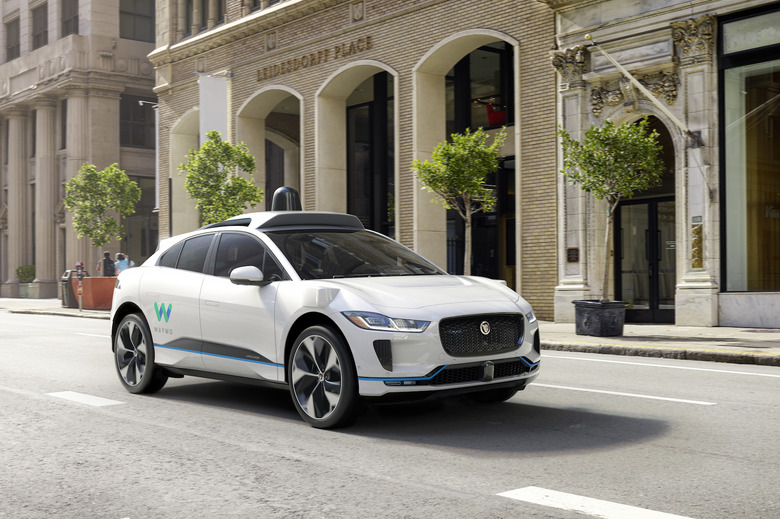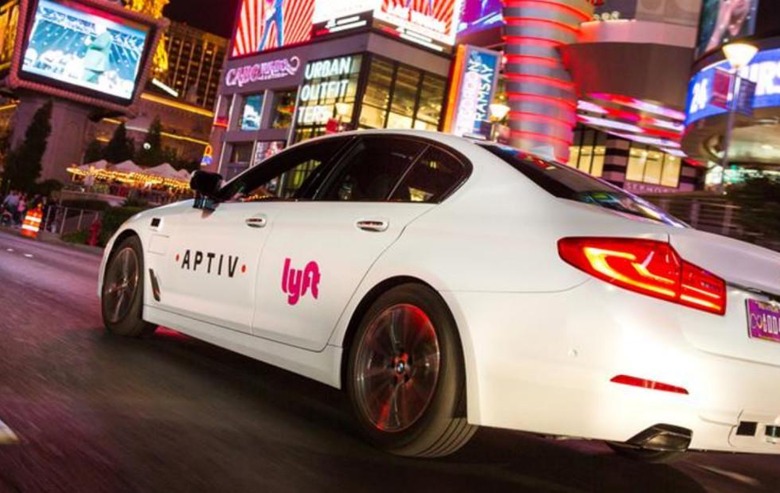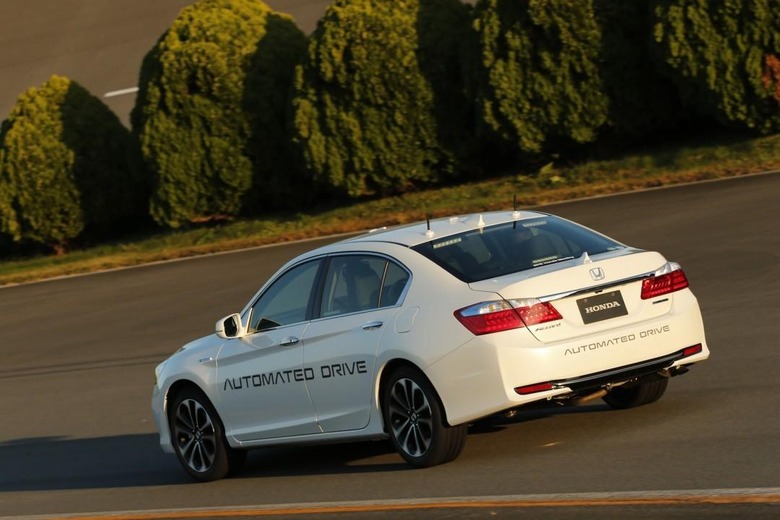Turns Out Physical Controls In Autonomous Cars Are Super-Controversial
What manual controls should be present in autonomous vehicles, how they should be tested as road-worthy, and just how advanced the current state-of-the-art is are all points of controversy, as US road safety regulators mull feedback on what might be holding back driverless technologies. The National Highway Traffic Safety Administration (NHTSA) threw down the gauntlet to skeptics, enthusiasts, and everyone in-between to comment on the challenges of control-free autonomous car regulations, and as you might expect the responses were spirited.
The call for comments was opened back in late May, ahead of new NHTSA rules covering "Automated Driving System-Dedicated Vehicles" (ADS-DVs). Specifically, it focused on such vehicles that lack traditional manual controls – such as a steering wheel and a brake pedal – but which otherwise have the same sort of seating arrangements as regular cars.
Currently, though we've seen plenty of prototypes without physical controls, most autonomous vehicles in on-road testing still have a regular steering wheel and pedals for a human safety operator to use to take over, should the need arise. That's something automakers and other companies developing self-driving cars have regularly criticized, arguing that the true goal should be a vehicle that passengers instruct merely with their desired destination and then have handle everything else.
Waymo is particularly enthusiastic about the idea of getting rid of mandated physical controls in autonomous vehicles. While it acknowledges that the NHTSA has said it will be considering such ideas in mid-2021 when other studies are complete, the Alphabet-owned company argues that the decision shouldn't wait that long.
"NHTSA should move rapidly to the next stage of rulemaking," Waymo suggests instead, "by proposing a rule amending FMVSS language that requires manual controls or assumes their presence for compliance testing, and which includes new test procedures designed specifically for automated vehicles that have an SAE Level 4 or Level 5 ADS and that do not have manual controls."

Not everyone is so keen on traditional controls getting the chop, mind. The AAA, for instance, is pushing to have key controls retained, including manual operation of things like the hazard lights and horn. As the organization writes, "we urge NHTSA to maintain requirements for standards that relay operational information and allow the occupants to interface with the system, since it is too soon to discard these safety and confidence-enhancing standards."
The National Association of Mutual Insurance Companies (NAMIC), which represents 40-percent of the insurers in the US, also takes issue with some of the promises regularly rolled out about autonomous vehicles. In particular, it casts doubt upon the oft-quoted idea that driverless cars could bring about a huge improvement in road fatalities.
"Extensive deployment of 100% perfect ADS-DVs has the potential to save no more than the 40,000 existing annual traffic fatalities," the NAMIC agrees, though it goes on to highlight that such a success rate seems unlikely. "The same extensive deployment of flawed or rnalfunctioning ADS-DVs theoretically could kill millions. When considering vehicles that do not presently exist, the chances of either are unknown."

One possibility raised is that the NHTSA could create a new category for autonomous vehicles achieving Level 4 or 5. Lyft for example, argues that design requirements for current cars are too prescriptive, and that instead driverless vehicles should be judged by how well they achieve certain safety performance outcomes.
"We believe this can be done by recognizing ADS-DVs as a separate vehicle classification," Lyft argues. "This would allow NHTSA to more expediently remove regulatory barriers and modify FMVSS that reference a human driver and/or assume some manual control element within the test procedure."
Indeed, that sort of approach has been taken previously for other types of transportation, GM/Cruise points out. "NHTSA used a similar approach when it promulgated the 500 FMVSS series for low speed vehicles," it highlights in its response. "It allowed NHTSA to choose the appropriate requirements for low speed vehicle without affecting the traditional requirements. So too, NHTSA could create a new series of requirements for vehicles using an ADS-DV without manual controls."
While internal controls are the focus of many respondents, they're not the only design element that needs attention. Honda, for example, points to the current car bumper standards, arguing that they also present barriers to autonomous vehicles.
"While the agency intends to update the U.S. Part 581 Bumper Standard in a separate rulemaking," the automaker concedes, "we ask the agency to address this barrier with urgency similar to this ADS barriers ANPRM to avoid unwarranted compromises to the effective location of ADS sensors along the perimeter of the vehicle."

Another suggested idea is to implement tougher requirements on active driver safety systems on cars that still rely on human operators. New York City, in its response, points to regulations in Europe that propose mandating a suite of assistance systems, and argues that the NHTSA should require the same in the US. That includes intelligent speed assistance, autonomous emergency braking including for pedestrians and cyclists, detections and warnings for vulnerable road users, and distraction/drowsiness detection.
NYC also highlights the need for heightened security. "New York City would suggest NHTSA adopt minimum encryption standards and identity validation methodology for vehicle-to-vehicle and vehicle-to- infrastructure communication," it says. "NHTSA should have vehicle manufacturers begin to explore and implement real-time intrusion detection and prevention measures to avoid the worst potential adverse effects of a successful hack. This should include a system for harnessing threat intelligence and the ability to update systems via secure channels for any potential vulnerability fixes identified."
How the various feedback might affect the NHTSA's actual regulations remains to be seen. Although physical controls are one part of the headache, the reality is that existing testing processes for safety don't really encompass the realities of autonomous cars operating at Level 4 and Level 5. That's going to have to change – and preferably quickly, if players like Waymo, Cruise, and others have any say in the matter – before any significant deployment of driverless technologies can take place in the US.
